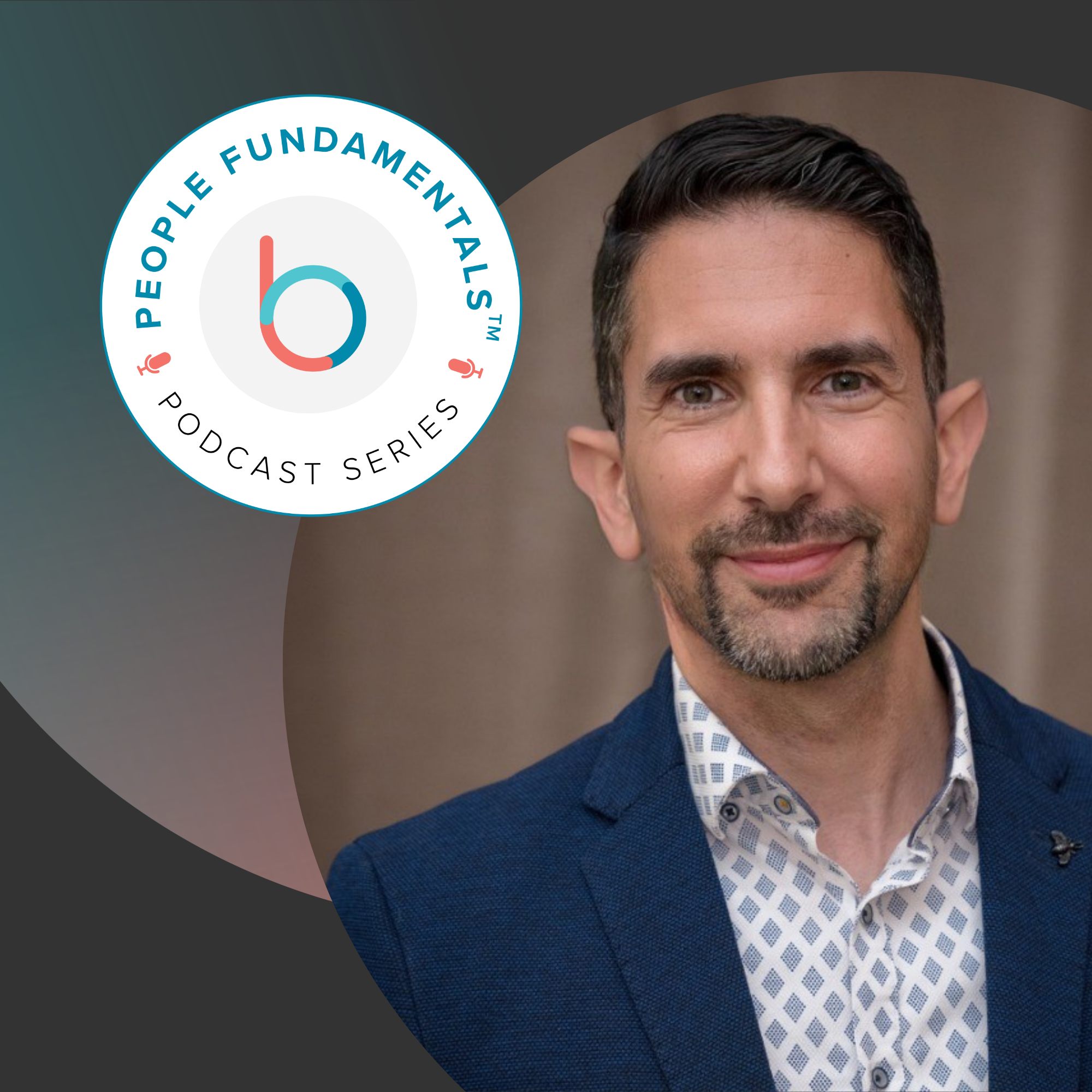Every company has a unique culture, but not every company uses its culture to drive performance. Your culture may be an underused source of strategic potential.
The culture you design is one of the most powerful ways you can communicate business priorities to your employees. Strong company culture creates accountability for meeting key business outcomes, from aligning organizational values to driving progress toward business goals.
That’s the message Betterworks COO Andrea Lagan shared when she recently joined host Carly Clyne, marketing director at There Be Giants, on the Giant Talk podcast. “A strong culture within an organization is so important,” Lagan said. “Culture is a key part of what allows an organization to grow, to be effective, to be successful—to execute on its strategy.”
Read on for highlights on using workplace culture as a tool for driving successful business performance.
Connect Employees to What Matters Most
Employees aren’t always in close proximity to the strategic decisions leadership makes, Lagan says. Employees at the front line of the organization may feel very disconnected from the company’s goals and strategy.
A strong culture solves that problem, filling in gaps between employees and the business by bringing people together in solidarity around the organization’s common mission. “It is culture that brings people together, that helps them be connected to what’s most important in the organization,” Lagan said. Culture is a crucial component that allows an organization to grow and successfully execute its business strategy.
But, to have that intense effect, culture must be a living, breathing part of the company. Every employee should be able to connect with the culture personally. Your company culture needs to be integrated with all of your policies, processes, and systems to accomplish this.
Lagan recommends starting with clarity around your values:
- What are they?
- How do they support and connect the entire workforce?
Suppose one of your values is accountability, for example. In that case, you can emphasize it by demonstrating how each employee’s work connects to their team, department, and, ultimately, the entire business.
You must integrate your values—which should be simple and functional—into everything employees do daily to drive this home. The tech that supports your processes should carry your values through the company. “[Make] sure people feel like they are empowered to make the most important things in your organization come to life,” Lagan said.
Empower Performance With Targeted Feedback
Managers provide a vital connection between the business and employees—especially in a hybrid or remote work model, when employees may not see executive leadership at work, even casually. “Talk regularly and openly with your employees about your culture,” Lagan said. “Managers are key to making sure that your culture is going to thrive.”
Encourage managers to have regular check-ins with employees. Train them to have consistent and casual conversations that speak to what’s most important in the organization: your OKRs or goals.
These regular conversations empower employees to share (and feel safe in sharing) their struggles, Lagan said. They’ll feel more comfortable asking for help when they need it, allowing them to overcome challenges more efficiently and confidently. These conversations can solve daily problems to drive real organizational progress.
Culture connects employees with each other and with the business. Manager one-on-ones reinforce that connection to individual employees, helping them feel like part of something bigger than themselves. “When we all get up every day, we make a choice to come and do something,” Lagan said. “Most people want [that choice] to be something that they feel really connected to.”
Take a Team Approach to Success
Consistent conversations between managers and employees are essential to connecting the workforce with company culture. But an essential facet of those regular conversations is the willingness to give and receive feedback, especially at a high level. Feedback exchanged between employees and leadership drives workforce potential.
The most successful teams take a team approach to success or failure, which includes hearing input from every team member—no matter where they’re located on the career ladder. “As leaders, you have to really be willing to listen to the feedback,” Lagan said. Acting on feedback and listening to your team empowers your organization to thrive.
Invite employees to participate in important company initiatives, like setting goals or giving employees responsibility for business success. And when it comes to solving cultural and business problems, Lagan said, allow employees to be part of the solution. Their feedback can lead to innovations you may never have considered before.
Actively listening to employee feedback can significantly increase engagement and retention. When employees feel heard, they’ll become more connected to the business and more motivated to achieve their goals.
But conversations between leadership and the workforce should go both ways. Make it a point to respond to employees with transparency, Lagan said, whether it’s about decisions you’re going to make or progress you’ve already made towards your goals. Keeping employees in the loop reinforces your respect for their contributions and strengthens their connection to the business.
Tune in to the Giant Talk podcast for the full conversation.






